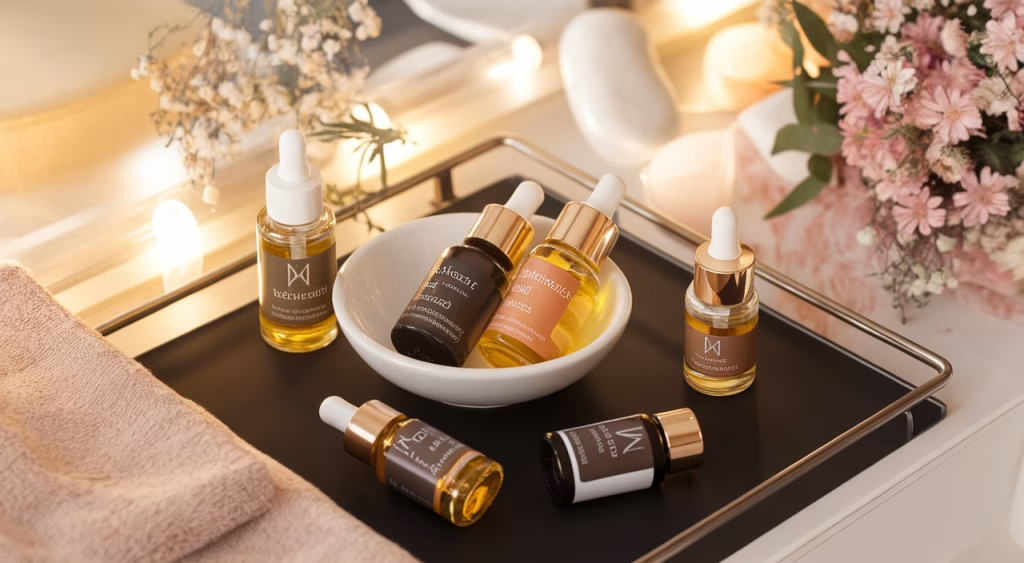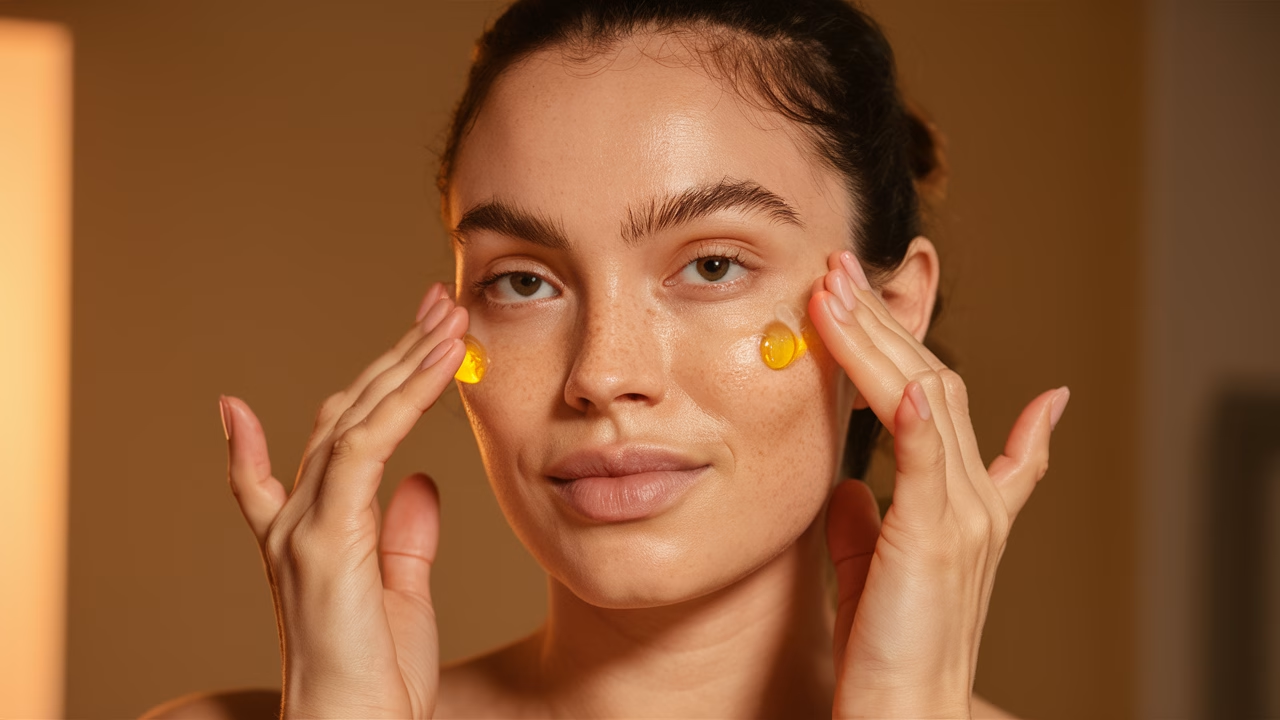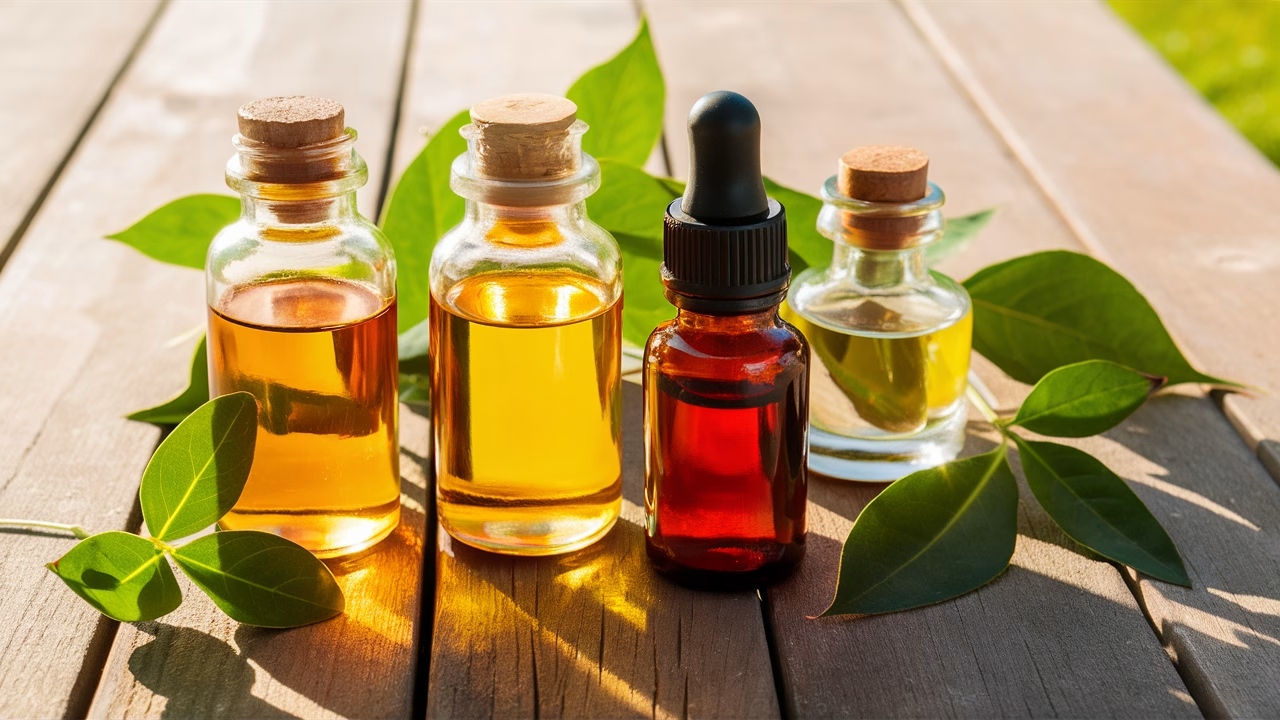What Are the Real Benefits of Face Oils—and Should You Use Them?
Ever wondered why natural face oils have become such a buzzword in modern skincare? The answer lies in their power-packed ability to nourish, protect, and restore balance to your skin—naturally. Whether you’re dealing with parched winter skin, oiliness, or sensitivity, the right face oil can make all the difference in your skincare routine.
TL;DR: Your Quick Guide to Face Oils
- Natural face oils benefits: Lock in moisture, boost skin barrier, fight free radicals, and improve texture over time.
- Best face oils for dry skin: Look for rich, emollient oils like avocado, marula, or argan.
- Oily skin tip: Use lightweight organic face oils like jojoba or squalane that mimic skin’s natural sebum.
- How to use face oils: Gently pat onto damp skin after serum or moisturizer.
- Organic face oils: Ideal for sensitive skin—as long as they’re cold-pressed and free from additives.
Benefits of Using Natural Face Oils
Why Face Oils Are Essential for Your Skincare Routine
Let’s start by addressing a common misconception: that applying oil will make your skin oilier. In fact, the right natural face oils can balance oil production, hydrate dry patches, and even calm skin that’s prone to irritation. Natural face oils benefits include deep nourishment, antioxidant protection, and reinforcing the skin’s moisture barrier.
Think of your skin as a brick wall—moisture being the mortar. Without it, the wall becomes unstable. Face oils act like a weather sealant, locking in hydration and keeping environmental toxins out.
Best Face Oils for Different Skin Types
Best Face Oils for Dry Skin
Dry skin is often a sign of a compromised moisture barrier. The best face oils for dry skin are rich in essential fatty acids and vitamins that can restore suppleness and avoid flaking.
| Oil Type | Main Benefit | Why It Works |
|---|---|---|
| Argan Oil | Deep hydration | Rich in vitamin E and omega fatty acids |
| Avocado Oil | Emollient | Penetrates deeper layers of the skin |
| Marula Oil | Boost elasticity | Helps lighten dry texture without greasiness |
Face Oils for Oily and Combination Skin
This may sound counterintuitive, but light organic face oils can help balance sebum production in oily skin types. You’re basically telling your skin: “Relax, I’ve got this.”
- Jojoba Oil: Closest in composition to your natural sebum—it tricks your skin into producing less oil.
- Squalane Oil: Derived from olives or sugarcane, it hydrates while being ultra-lightweight and non-comedogenic.
How to Use Face Oils in Your Daily Routine
The Proper Way to Apply Face Oils
Many people assume that face oil should be the first step, but here’s a pro tip on how to use face oils: oils come last. Lock in the goodness of water-based serums and moisturizers by sealing them with oil.
- Cleanse thoroughly
- Tone (if part of your routine)
- Apply serums
- Moisturize
- Seal with a few drops of face oil
Warm 2–3 drops between your palms, then gently pat—not rub—onto damp skin. This technique maximizes facial oils benefits by trapping moisture and giving your skin a healthy glow.
Beyond Moisturizing: Extra Benefits of Face Oils
Antioxidant Properties of Face Oils
Beyond hydration, natural face oils are rich in antioxidants like vitamin C, E, and polyphenols. These fight free radicals—unstable molecules triggered by sun, pollution, and stress—that lead to premature aging.
Regular use of organic face oils can reduce the appearance of fine lines while boosting skin resilience. Rosehip oil, for example, contains natural retinoids that rejuvenate the skin without traditional irritation.
Choosing the Right Face Oil for Your Skin Concerns
Facial Oils for Sensitive Skin and Acne-Prone Types
Struggling with breakouts? The best approach is to look for facial oils for sensitive skin that have antibacterial and anti-inflammatory properties, and always choose non-comedogenic options to avoid clogged pores.
- Tea Tree Oil: Natural antimicrobial—but always dilute with a carrier
- Grapeseed Oil: Lightweight and rich in linoleic acid—perfect for acne-prone skin
- Hemp Seed Oil: Balances oily skin without causing congestion
Always patch test new oils, especially if your skin is sensitive or reactive. Facial oils for sensitive skin should be free of fragrance and preferably organic.
Tips and Tricks for Maximizing Natural Face Oils Benefits
Here’s what often happens—people buy a high-quality face oil, use it sporadically, and wonder why results fall short. Consistency and technique matter when learning how to use face oils effectively:
- Use oils twice daily for hydration or once nightly as a treatment
- Apply on damp (not dry) skin
- Layer oil over moisturizer—not instead of it
- Never overuse; 2–3 drops is enough
And don’t forget—natural doesn’t always mean better for everyone. Choose organic face oils based on your unique skin needs, not just the label.
Cost Guide: What to Expect When Buying Face Oils
| Price Tier | Range (USD) | What You Get |
|---|---|---|
| Low-End | $8–$15 | Single-ingredient, basic oils (often less refined) |
| Mid-Range | $16–$35 | Cold-pressed, organic, more skin-specific |
| High-End | $40–$80+ | Blended serums with targeted active ingredients |
Final Thought
Your skin is your largest organ and deserves more than a one-size-fits-all solution. By understanding the real natural face oils benefits and how they apply to your specific skin type, you can transform your daily routine into a targeted, nourishing ritual. Start slow, be consistent, and give your skin the support it truly needs—from the outside in.
Frequently Asked Questions
Which face oil is best for sensitive skin?
Oils like calendula, chamomile, and squalane are ideal due to their gentle properties and anti-inflammatory benefits.
Can I use face oils during the day?
Yes, apply a few drops after moisturizer and before sunscreen. Lightweight oils are best suited for daytime use.
Will face oils clog my pores?
Not if you choose non-comedogenic oils like jojoba, squalane, or rosehip and use them properly.
Are face oils a replacement for moisturizer?
No. Moisturizers hydrate with water content, while oils seal in that hydration. They work best together.
Do I need different oils for AM and PM?
Not always. However, you might prefer lighter oils in the morning and richer oils for nighttime repair.
How long before I see results from face oils?
Most users begin to notice improvements in hydration and texture within 1–2 weeks with consistent use.


